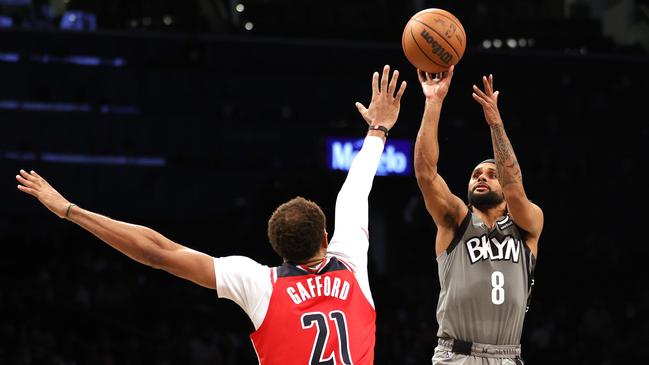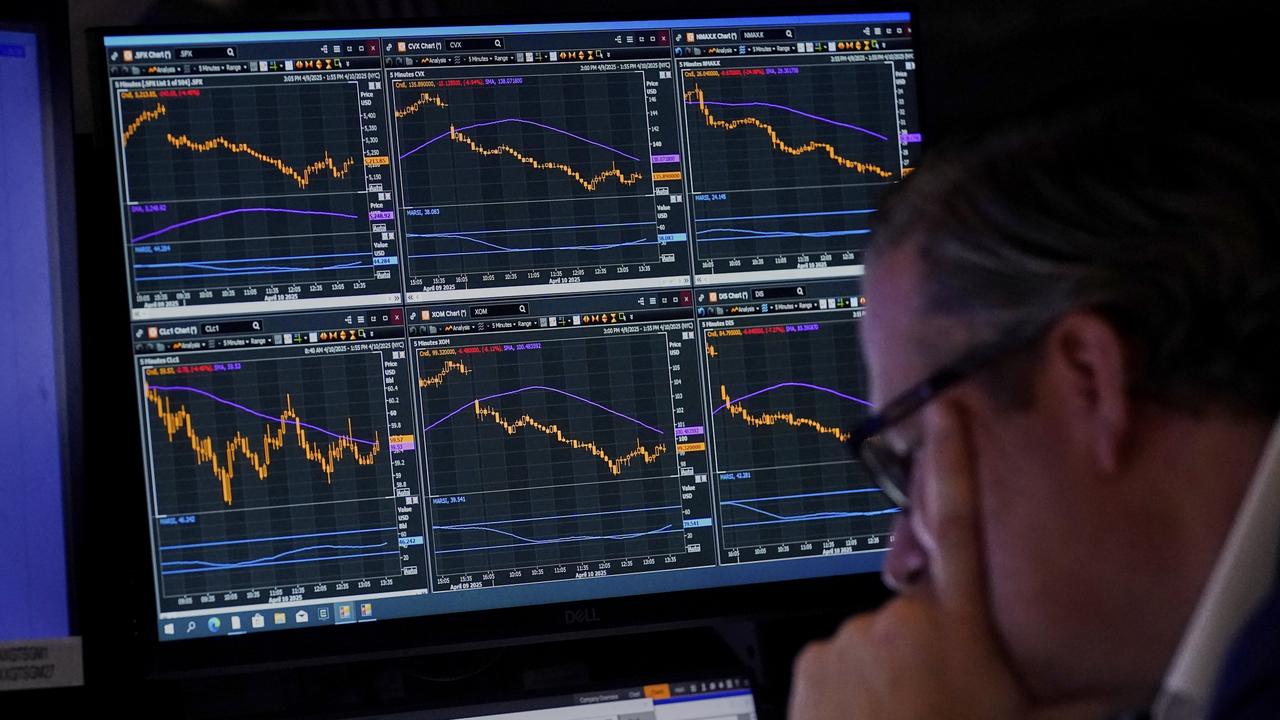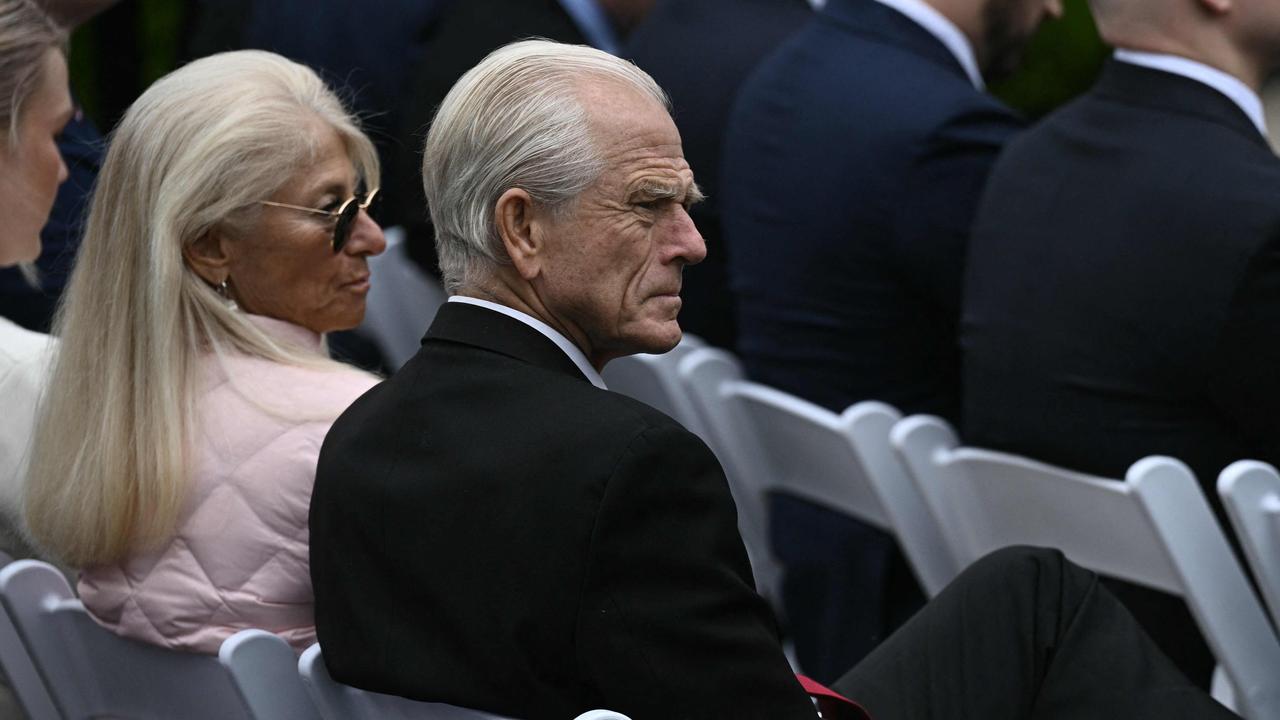Has the NBA’s scoring bubble burst?
The first two weeks of this NBA season have brought an unexpected development: the single biggest decline in offence from one year to another that the league has ever seen.

They couldn’t have known this when they were coming into the NBA, but Luka Doncic and Trae Young happened to enter the league at a curious stage in the evolution of basketball.
In their rookie season of 2019, offences set a record for efficiency. It didn’t last very long. That record was broken the next season before it was incinerated last season. The numbers suggested that basketball players had never been so productive.
But that era of peak efficiency could be over. The first two weeks of this NBA season have brought an unexpected development: the single biggest decline in offence from one year to another that the league has ever seen. Almost every statistical metric that correlates with scoring is down as efficiency has dropped more than five per cent from last season in what amounts to a market correction after several years of basketball inflation.
Some potential explanations are obvious. Others are odd and mysterious. But shooting numbers have dipped, free-throw attempts and percentages have decreased and the maddening foul calls that rewarded the game’s most devious scorers have essentially disappeared.
The balance of power between offence and defence hasn’t been this level since 2015, right before the sport’s great 3-point awakening, as offensive efficiency this year is closer to where it settled over the prior decade. The unlikeliest thing about this improbable shift is how the overwhelming majority of NBA players feel about the changes: They seem to appreciate it. “It’s obviously way better to watch,” Golden State Warriors star Stephen Curry said.
The question of whether this return to basketball purity lasts, like trying to determine whether the New York Knicks are good, is part of what makes this time of the calendar so confounding. Players will adapt. Referees will adjust. Percentages will regress. And betting against offence in the modern NBA is an excellent way to look foolish.
But a peculiar thing about the 82-game season is that it doesn’t take nearly that long to establish league-wide trends. There are some metrics that are trustworthy almost immediately. It takes more time and a larger sample for some noisy randomness to get silenced — but not much. A team’s offensive rating, or how many points it scores per 100 possessions, usually climbs as the season goes on. So when can you put some faith in this particular stat? It stabilises after roughly 13 games, according to Nylon Calculus, and most teams are halfway there.
The forces warping NBA offences this season are the same phenomena that shape every business: regulation, technological changes and quirks in human behaviour.
First, the humans. NBA offences were already creeping toward what might have been maximum efficiency before the pandemic, setting records for offensive rating in 2017, 2019 and 2020, as teams embraced the mathematically optimal distribution of shots: lots of dunks and threes, and little in between.
But the cartoonish numbers of last season had less to do with a sudden improvement on the court than the dramatic change of scenery around the court. Without fans in most arenas for most of the season, players had the luxury of shooting into static backdrops. It led to a blend of volume and efficiency that flouted the laws of basketball nature.
For the 10th straight year, NBA teams shot more 3-pointers than the year before. They also made a record-high percentage of them.
While they’re taking even more 3-pointers this season, the surprising part is that they’re making a much lower percentage. The league-wide accuracy rate of 34 per cent isn’t simply a decline from last season (36.7 per cent) or the season before (35.8 per cent). At this pace it would be the worst shooting performance in more than 20 years.
But if scientists ever decided that it would be a good use of their resources to study the pandemic’s effect on professional basketball, they would probably start with a question like this: Are players better at shooting when they don’t have tens of thousands of screaming fans trying to make them miss? As it turns out, they are.
It’s useful to compare NBA free-throw percentages in empty and packed arenas, since fouls shots are the sort of neat control that researchers would have invented if they didn’t already exist, and the results of this natural basketball experiment were remarkable. In the decade before last season, NBA teams shot 76.1 per cent on foul shots. Last season, with fewer distractions, they shot 77.8 per cent. It was easily the highest free-throw percentage in the league’s history.
It only looks like a greater anomaly now. This season, with fans back in arenas doing everything in their power to bother players, the league’s free-throw percentage has regressed to 76.4 per cent. That would be the lowest rate in six years — it has become clear that today’s players are better than ever at shooting free throws — and the largest drop in nearly three decades.
This matters because NBA players are getting to the free-throw line less than ever, now that the league is no longer rewarding “non-basketball moves” that are meant to draw fouls.
This response to offences deriving too great an edge from unnatural offensive plays might as well be called The James Harden Rule. He was a master of finding loopholes in the rule book and exploiting them for profit — Harden would be a billionaire high-speed trader if he worked on Wall Street — and this piece of legislation eliminated the incentive for him to flop and flail his way to free throws.
It’s working. Referees are swallowing their whistles and seem to be allowing more contact as everybody on the court gets used to the new rules.
The last possible theory for the offensive swoon is one that’s familiar to any industry undergoing a shock: technological disruption. Every player in the NBA spent his entire career shooting the same type of ball until Wilson replaced Spalding this season, and hundreds of professionals with finely tuned preferences now find themselves dealing with the barely perceptible differences of a new product.
They haven’t complained yet. But they have noticed. Los Angeles Clippers star Paul George has almost exactly the same 3-point percentage this year as the last two years, which gives him the credence to admit something that might sound like an excuse if someone else said it. He confirmed that the ball doesn’t feel the same — and predicted that the results won’t be, either.
“You’ll see this year,” he said.
Wall Street Journal


